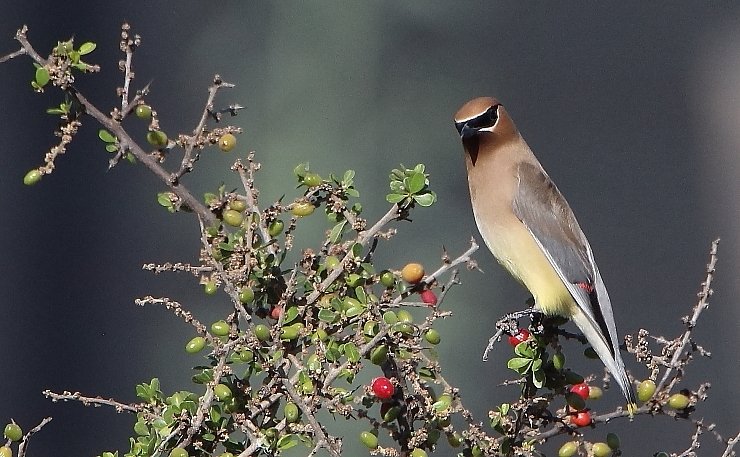
Last week, I took you to the La Mesa reservoir, the higher-altitude of the two thorn-forest sites on my regular birding rotation. The week after I returned to that site, I went to another of the Michoacan highland’s less-forested areas, which shares many characteristics with La Mesa, but features more grass, and fewer short thorny trees. I suspect the area technically qualifies as a savanna. This site is near and dear to my heart, and not only because of its birds: It is the area immediately around the auditorium of the church my wife and I pastor, Comunidad Vida (Life Community).
I started my outing looking for a man-made pond in a more settled area on the way to our church, hoping to find some avian refugees from our largest, now dry, nearby lake. But imagine my surprise when I discovered that the day’s pond #1 was gone! It was not just drained, as I might have suspected; it was drained, filled in with dirt, and with a fair amount of vegetation growing where it once was. In fact, I’m not sure exactly where it used to be. It was a very disorienting experience.
The water level in tiny pond #2 is now quite low, and the only shorebirds there were a Great Egret and a Snowy Egret. (You could argue the case for the three Killdeers as well, but those might have been in the area’s grasslands anyway.) But the turtle action was pretty intense.

Sorry about this perch; these Mud Turtles are taking the sun on a discarded Mexican-made General Popo-brand tire.
Still, the presence of water was probably a key to the abundance of land birds around this pond. I saw 57 species in the area, which is pretty good for the church neighborhood. Three species especially stood out.
I have mentioned it before, but this year’s Cedar Waxwing invasion is truly extraordinary. I used eBird’s species map option to confirm that in other recent years, only a few Cedar Waxwing sightings were reported in Mexico from January to May. But this year, the map of Mexico is a sea of purple (the color they use to indicate a sighting). I myself have seen them every week in February and March, in habitats from semidesert to dense forest. I seem to be getting better at photographing this beautiful birds. Or perhaps the Comuñidad Vida Waxwings put on a particularly fine show.
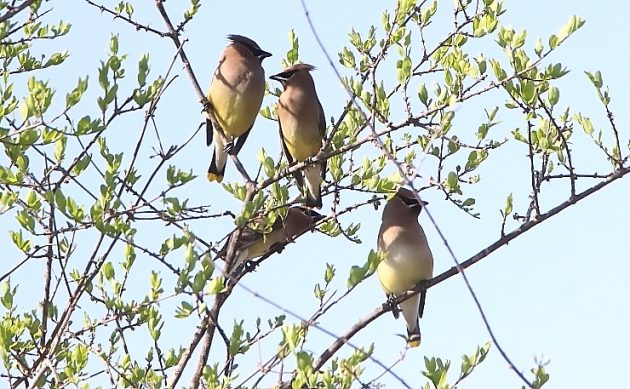
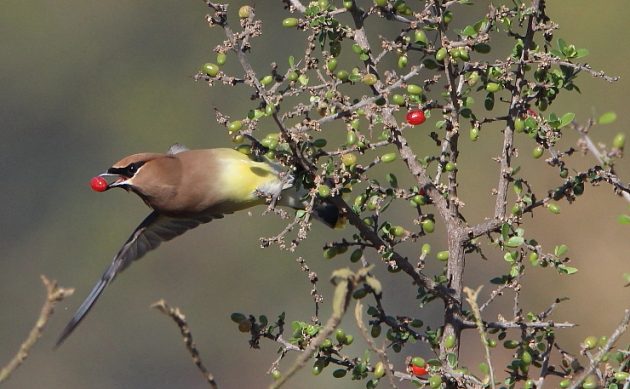
Granjeno fruits! I’ll take mine to go.
Lazuli Buntings are another species that has been especially abundant this year. One has even been visiting my birdbath (more on that next week). But nowhere have they been as abundant as around Comunidad Vida. That may be because they found a grain-storage shed near the pond; I saw eight of them fly out of the building at once! For some reason, most of them seem to be males. Not that there’s anything wrong with that.
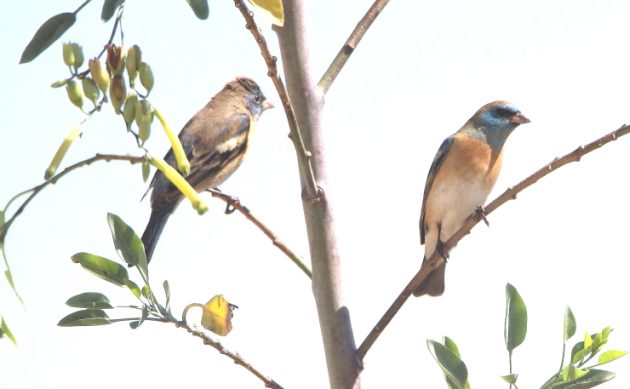
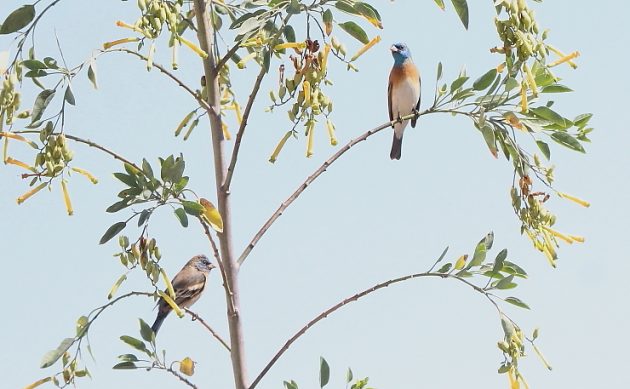
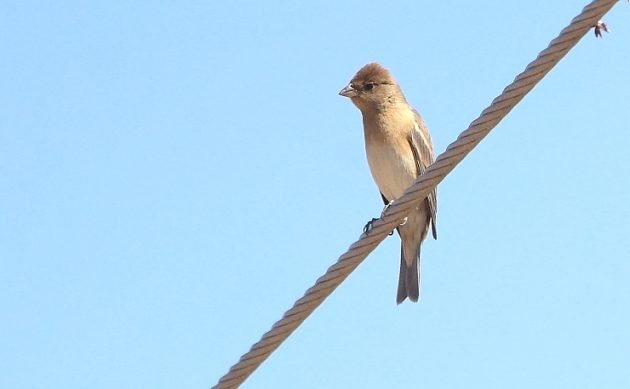
Still, just to be fair, here is a photo of a female Lazuli Bunting.
The third feature species of the day was the Eastern Meadowlark. For some reason, I had not seen or heard this resident species before this outing in all of 2021. But mating time is upon us, and the Meadowlarks now seem eager to be seen. Any old fencepost will do.
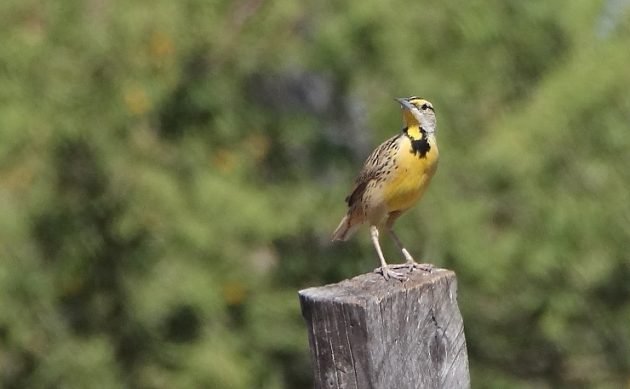
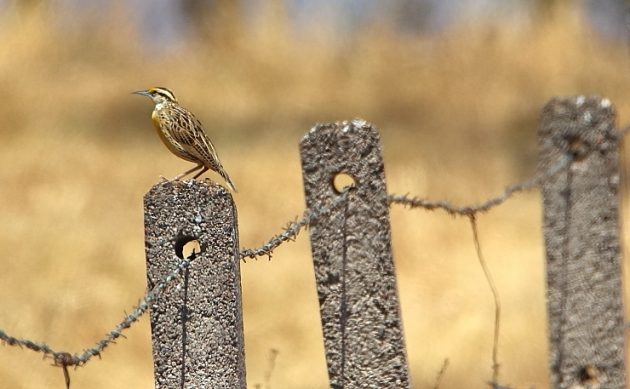
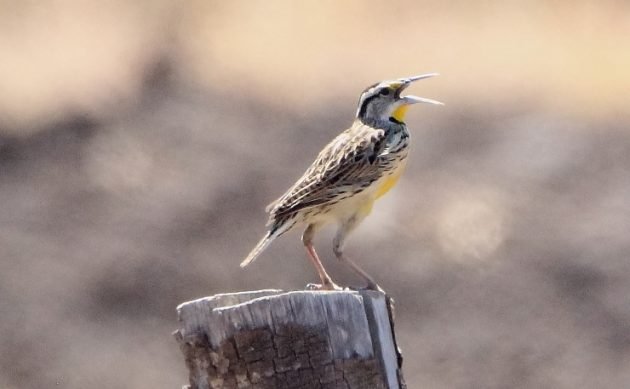
And here is why I’m suddenly seeing so many Eastern Meadowlarks: “March? Must be time to sing for the ladies!“
Since my limited photography skills motivate me to never waste a decent photo, here are a few of the area’s other flagship species:
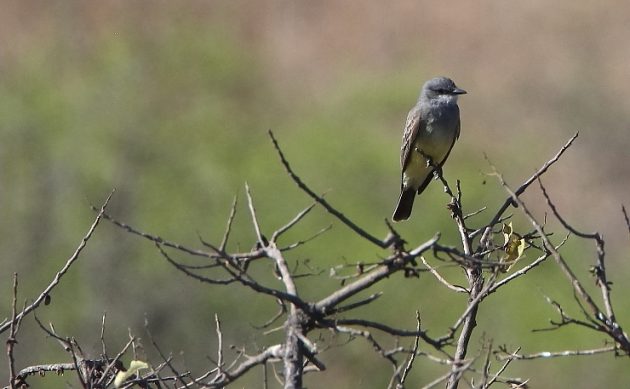
The Cassin’s Kingbird is certainly one of this area’s dominant birds, and their noisy call, chi-KWEER!, is the soundtrack of any visit to our church area.
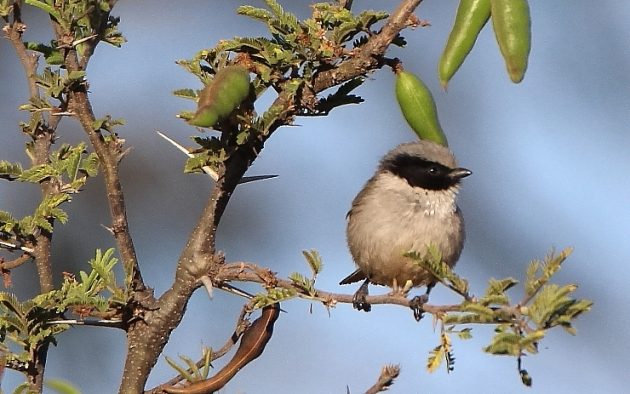
Birders from the western U.S. may be surprised to see the dashing black mask on our Mexican subspecies of the Bushtit. But I’m sure our Bushtits wouldn’t want to be as drab as their northern relatives. Taking a decent photo of this hyperactive species is always a challenge, so I was happy to get this one.
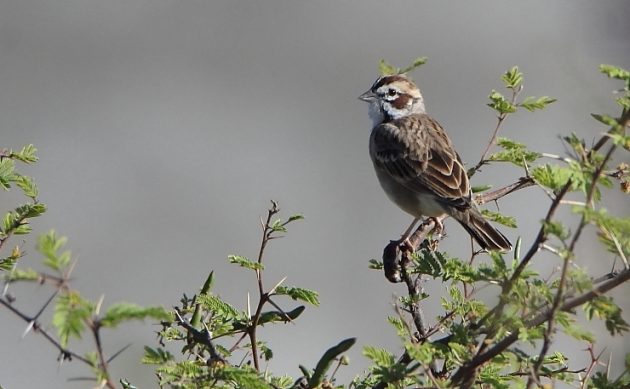
During the winter season, Lark Sparrows are very common in Michoacan’s grasslands. And yet, for some reason, I rarely get good photos of this species. This one was a happy exception.
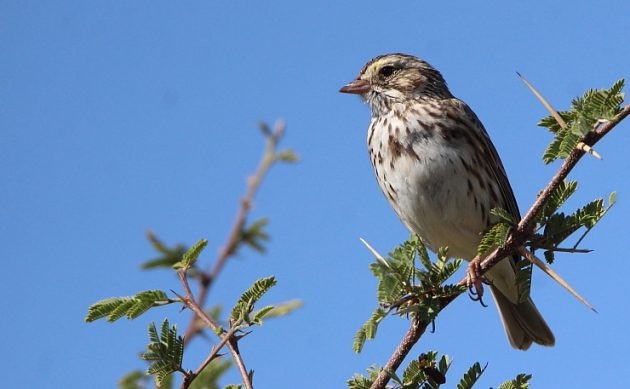
I try not to get too close to the birds I observe, or to make them nervous. But this Savannah Sparrow chose to perch so close to me, and to stay for so long, that it kind of cramped my birding style! I finally decided I just had to move. The subject did not seem too upset.
By midday, however, the heat discouraged both the birds and me, so I got back in my car and drove south for a quick stop in the woods of the tiny town of Atécuaro. (The route to our church includes part of the state highway known as the “Road to Atécuaro”.) I only had an hour there, so the visit did not produce many species. But one was a species I’d only seen one time a year, for each of the past five years. So it’s nice to check the Hooded Grosbeak off my 2021 list!
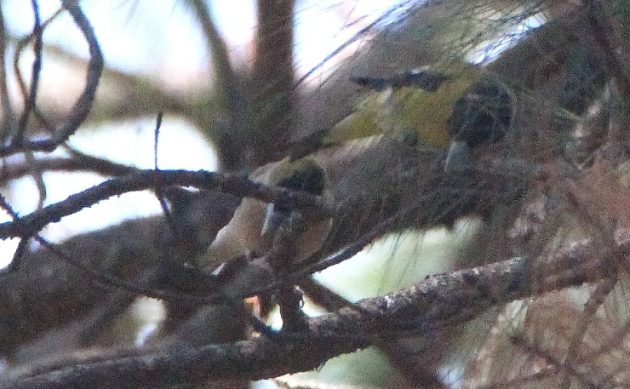
Hooded Grosbeaks apparently prefer to spend most of their lives in the crown zone of mature forests… as these two individuals certainly did. They were way up there! Not much of a photo, but it proves I got my Hooded Grosbeaks for the year.











Leave a Comment